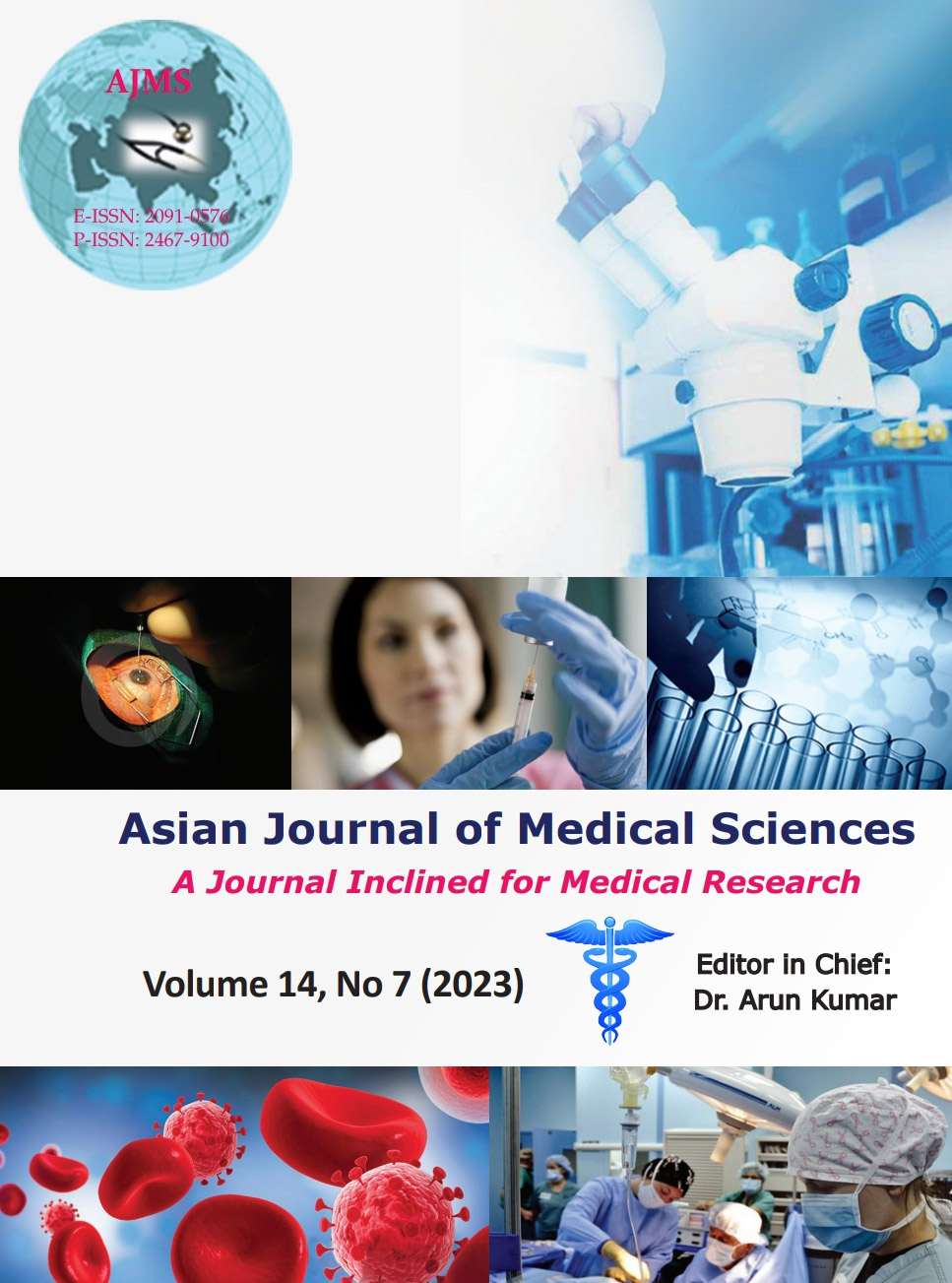A comparative evaluation of intraperitoneal instillation and periportal infiltration of 0.375% ropivacaine with dexmedetomidine and nalbuphine as adjuvants for post-operative analgesia in laparoscopic cholecystectomy
Keywords:
Intraperitoneal; Laparoscopic cholecystectomy; Dexmedetomidine; Nalbuphine; Local anesthesia; RopivacaineAbstract
Background: Intraperitoneal instillation (IPI) of local anesthetic agents into peritoneal cavity has proved to be an effective method of post-operative analgesia in laparoscopic cholecystectomy (LC). The addition of adjuvants such as narcotics or α2-agonists has been proposed to prolong the duration of post-operative analgesia.
Aims and Objectives: This study aimed to compare post-operative analgesia of IPI and periportal infiltration of ropivacaine plus dexmedetomidine with ropivacaine plus nalbuphine in patients undergoing LC.
Materials and Methods: This was a comparative, prospective, randomized controlled double-blind study conducted on total of 100 patients (American Society of Anesthesiologists class I and II) planned for LC who were randomly divided into two groups of 50 patients: Group Ropivacaine+Dexmedetomidine (RD) received IPI and periportal infiltration of 150 mg of ropivacaine (0.375%) and dexmedetomidine (1 μg/kg) diluted with normal saline to 40 mL and Group Ropivacaine+Nalbuphine (RN) received 150 mg of ropivacaine (0.375%) and 10 mg nalbuphine diluted with normal saline to 40 mL. Post-operative pain was assessed by Visual Analogue Score, time to first request of analgesia, and total amount of rescue analgesics given in 24 h and side effects were noted. Data were analyzed by Student’s independent t-test and Chi-square test using SPSS version 20.0.
Results: Overall Visual Analog Scale scores (1.38±0.78 vs. 2.59±1.15), time to first request of analgesia (7.3±3.74 vs. 4.2±2.71), and total analgesic consumption (82.4±15.34 vs. 158.5±16.19) were significantly lower in the RD group compared to the RN group. Among post-operative adverse events, the incidence of post-operative nausea and vomiting was significantly higher in the RN group.
Conclusion: The addition of dexmedetomidine appears to be superior to nalbuphine in terms of prolonged post-operative analgesia, lesser requirement of rescue analgesia, and less complications.
Downloads
Downloads
Published
How to Cite
Issue
Section
License
Copyright (c) 2023 Asian Journal of Medical Sciences

This work is licensed under a Creative Commons Attribution-NonCommercial 4.0 International License.
Authors who publish with this journal agree to the following terms:
- The journal holds copyright and publishes the work under a Creative Commons CC-BY-NC license that permits use, distribution and reprduction in any medium, provided the original work is properly cited and is not used for commercial purposes. The journal should be recognised as the original publisher of this work.
- Authors are able to enter into separate, additional contractual arrangements for the non-exclusive distribution of the journal's published version of the work (e.g., post it to an institutional repository or publish it in a book), with an acknowledgement of its initial publication in this journal.
- Authors are permitted and encouraged to post their work online (e.g., in institutional repositories or on their website) prior to and during the submission process, as it can lead to productive exchanges, as well as earlier and greater citation of published work (See The Effect of Open Access).




